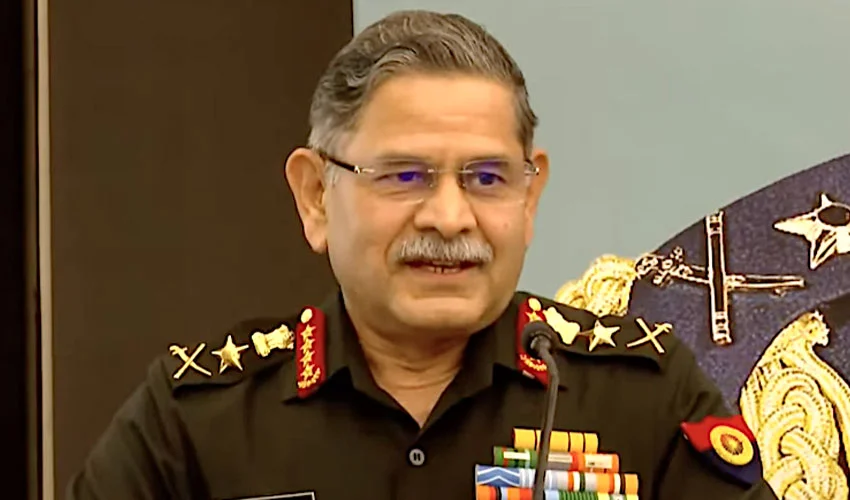In a candid admission that has sent ripples through military and strategic circles in South Asia, Indian Army Chief General Upendra Dwivedi has acknowledged that India’s decision to launch Operation Sindoor against Pakistan was made without a thorough assessment of the potential consequences. General Dwivedi’s statements shed light on the miscalculations that led to a major military confrontation earlier this year and highlight the unpredictable nature of escalation in the region.
The Launch of Operation Sindoor
Operation Sindoor, which took place in early May, involved Indian Air Force jets carrying out airstrikes on several targets across Pakistani cities, including the strategic city of Bahawalpur. The operation was conceived as a decisive move to assert dominance and send a strong message to Pakistan. However, General Dwivedi’s recent remarks reveal that the operation was more akin to a “game of chess” — one in which India failed to anticipate the scale and speed of Pakistan’s counterattack.
“We did not know what to do, and we did not realize how destructive Pakistan’s response could be,” Dwivedi admitted. This honest appraisal from the Indian Army Chief underscores the complexities of military strategy where misjudgments can have far-reaching consequences.
Pakistan’s Swift Retaliation and Air Superiority
Pakistan’s armed forces responded within hours of the Indian strikes. Demonstrating rapid mobilization and tactical precision, the Pakistan Air Force shot down six Indian warplanes, including advanced Rafale jets, and struck at strategic military targets deep inside India. The counterattacks did not merely inflict material losses on India’s air assets; they also targeted air bases, missile depots, and other critical installations.
This swift and forceful retaliation underscored Pakistan’s resolve and its military’s capacity to deliver a “befitting response” to any perceived act of aggression. Notably, on May 10, Pakistan employed its domestically developed Fatah missiles to strike key Indian positions, inflicting substantial damage and forcing India to reassess its strategy.
Diplomatic Fallout and Mediation Efforts
The unexpected scale of Pakistan’s response left India in a precarious position. According to multiple sources, the severity of the Pakistani retaliation prompted New Delhi to seek the intervention of then-US President Donald Trump to mediate and de-escalate the rapidly intensifying conflict. This move highlighted the international implications of direct military engagements between two nuclear-armed neighbors.
Meanwhile, the Pakistani military, through spokespeople such as the DG ISPR and Air Vice Marshal Aurangzeb, released digital evidence of Indian aircraft losses. This transparency stood in contrast to the Indian defense establishment’s ambiguous stance on the extent of their losses, further fueling debates both within India and internationally regarding the true cost of the operation.
Conflicting Claims and the Battle for Narrative
Amidst the fog of war and post-conflict rhetoric, both sides have presented their own narratives of victory and losses. The Indian Air Chief, in a post-conflict briefing, claimed that Indian forces managed to shoot down six Pakistani aircraft during the exchanges. However, no credible evidence has been provided by Indian authorities to substantiate these claims.
Conversely, Pakistan asserts that its air force brought down five Indian aircraft on just the second day, culminating in a “0-6 score” in their favor by the end of hostilities. Pakistan’s release of digital evidence has lent credibility to its version of events in the eyes of some observers, while Indian officials have remained largely silent or vague regarding the scale of their own damages.
Implications for South Asian Security
The events surrounding Operation Sindoor and the subsequent revelations from Indian Army Chief General Upendra Dwivedi have significant implications for security and military planning in South Asia. The episode has emphasized the importance of comprehensive strategic assessment before initiating military action, as well as the dangers of underestimating an adversary’s capabilities and resolve.





